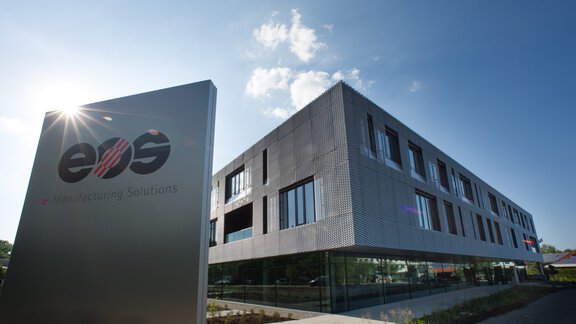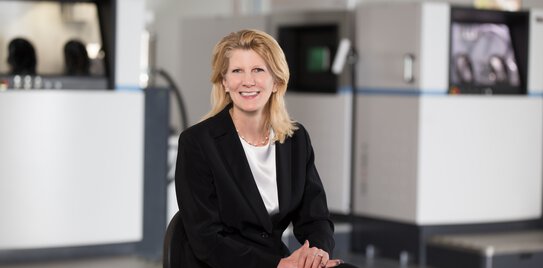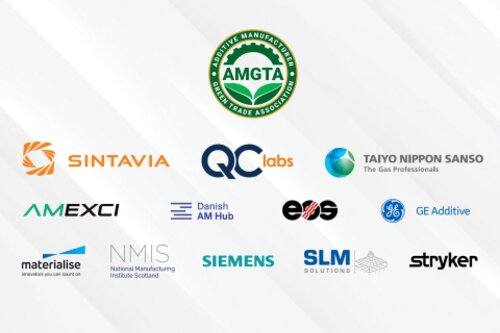How to advance sustainability in the AM industry?
EOS has joined AMGTA
EOS has joined the Additive Manufacturer Green Trade Association (AMGTA), a new global trade organization founded to promote the environmental benefits of AM to key industries and the general public. Through this early-on commitment to AMGTA’s mission, EOS wants to support the advancement of sustainability and corporate responsibility. Read the following interview with AMGTA's Executive Director Sherry Handel on how AMGTA serves as a key resource for the additive manufacturing industry.
Interview
Sherry, where do you see the major contribution of Additive Manufacturers to sustainability?
There are several positive environmental benefits of additive manufacturing (AM) when compared to traditional manufacturing; most notably there is less waste in additive manufacturing (AM). Existing sustainability research suggests that AM tends to focus on material waste, energy use, and machine emission to manufacture a part. However, there is limited research that considers additive manufacturing (AM) life-cycle assessments (LCA) – cradle-to-grave studies that compare the environmental impacts of parts produced via different manufacturing methods.
How are you addressing this gap?
AMGTA is addressing this lack of life-cycle assessment (LCA) research by commissioning studies that analyze a part at each stage of its life – from raw material extraction, processing, manufacturing, transportation, use, and disposal. This research determines a granular level by what amount additive manufacturing (AM) is an environmentally improved manufacturing process. Our first LCA will focus on comparing a traditionally manufactured aerospace component versus a similar optimized for AM component that is additively manufactured using selective laser sintering.
How can somebody interested in these important topics receive a more systematic overview?
At AMGTA, we have commissioned our first research paper. It is a systematic review of existing studies describing metal AM environmental advantages compared to traditional methods. This research provides an overview of studies focused on sustainability within AM and provides recommendations on what future research and assessment standards are needed to better understand and accurately measure the environmental impacts of metal additive manufacturing. These findings validate AMGTA’s plans to provide the industry with rigorous, independent, and ongoing research. We will continue to commission studies and publish research findings at AMGTA, to keep the industry updated on what our eco-footprint is now and what sustainability measures we will need to focus on in the future.



